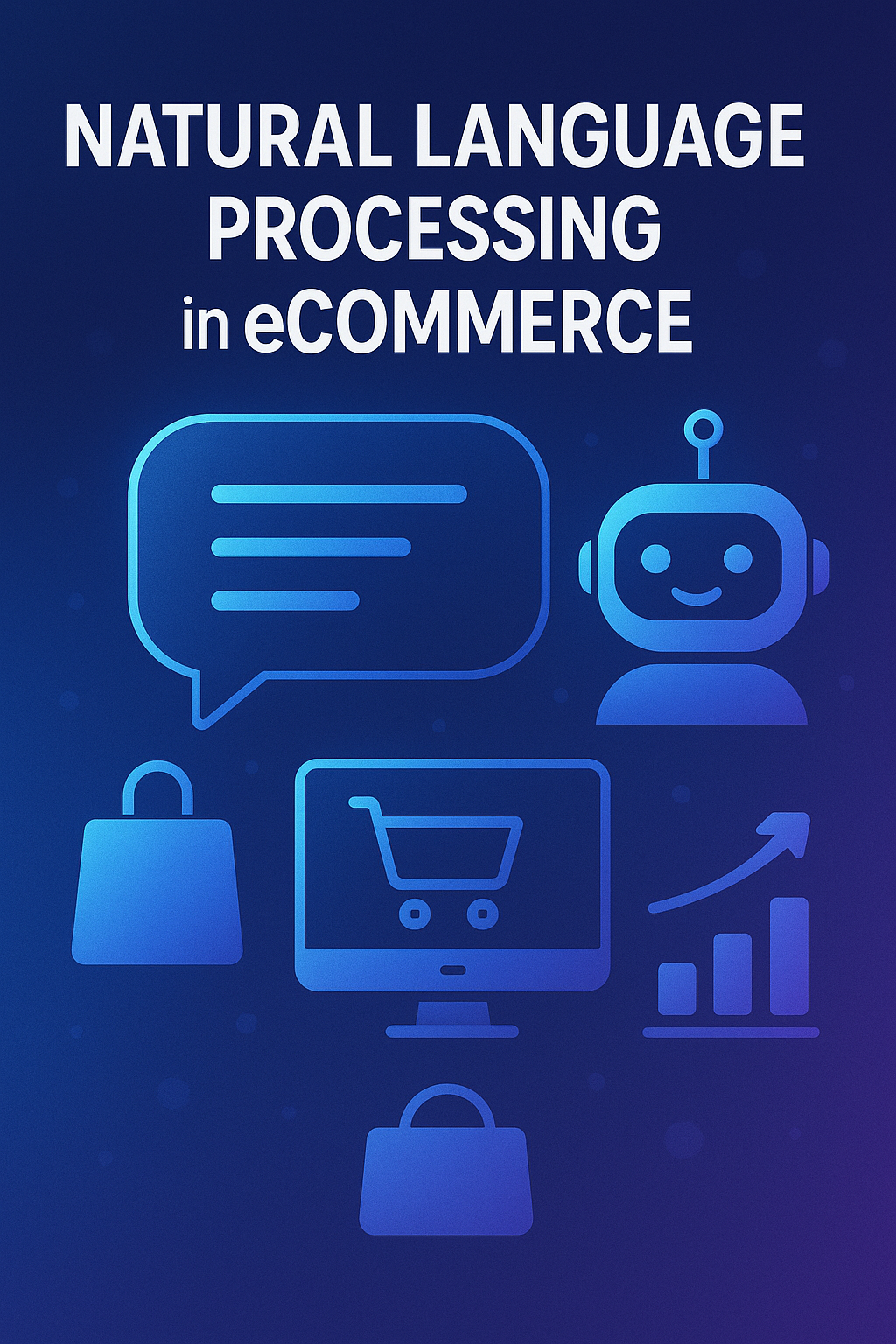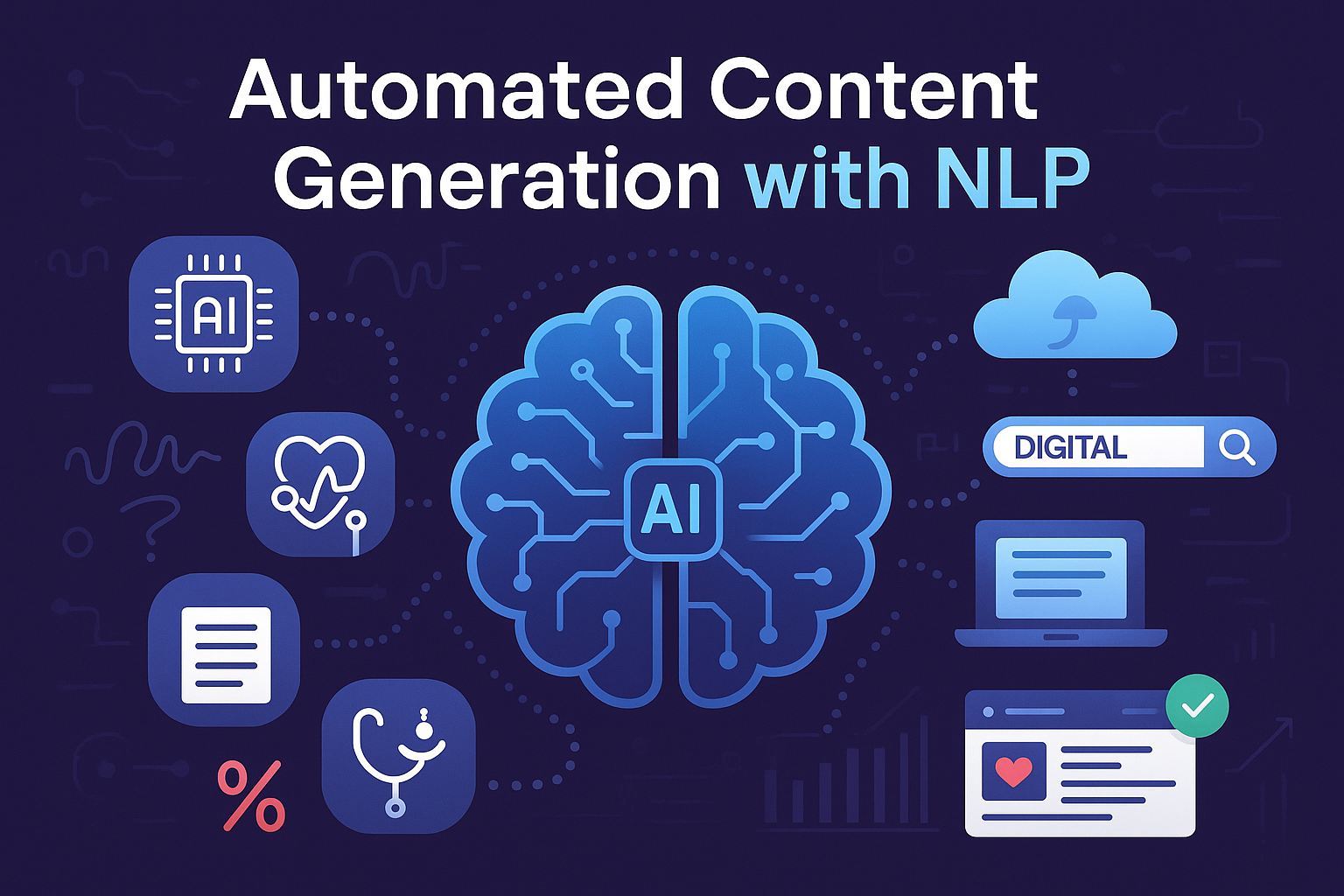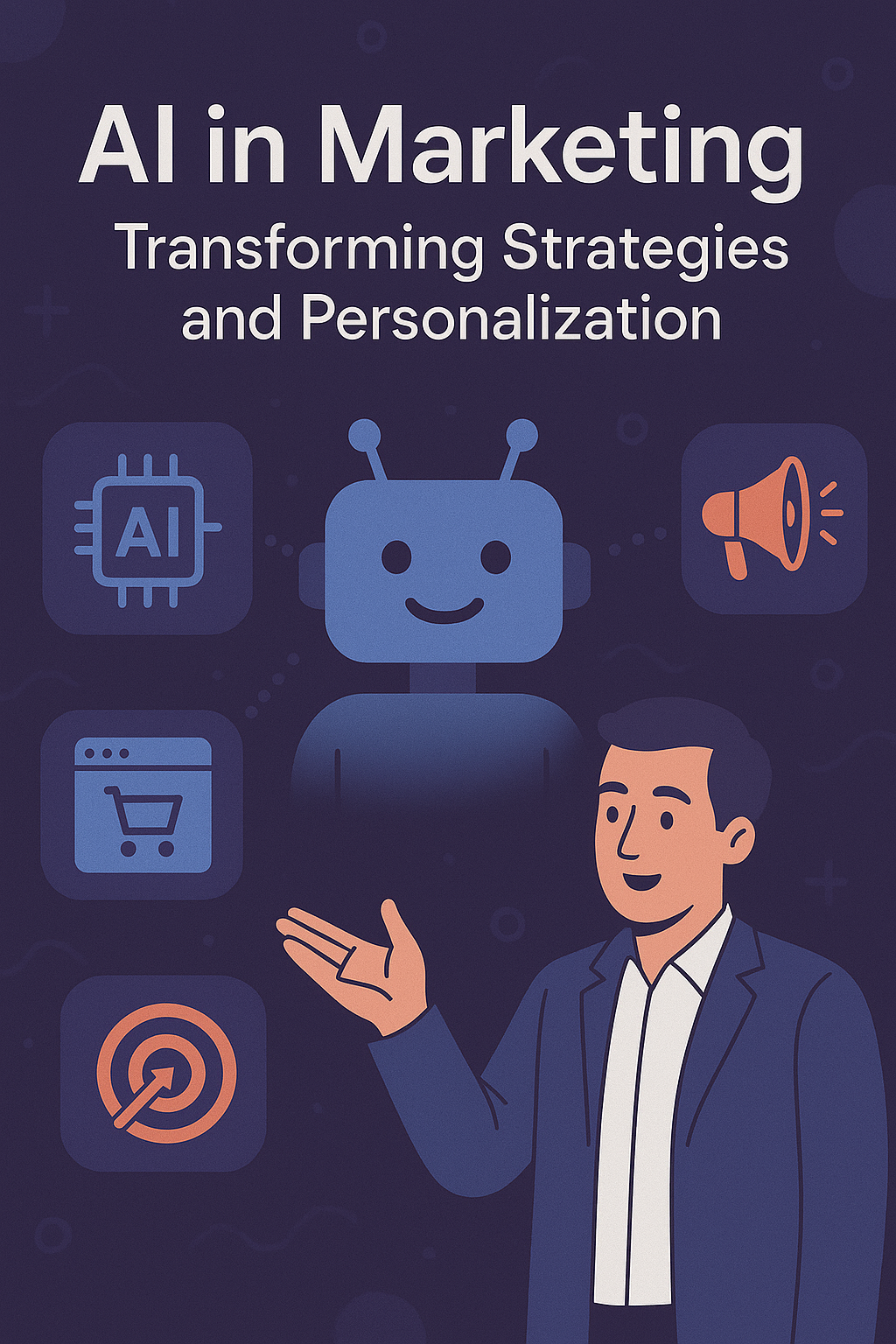Introduction
Natural Language Processing (NLP) is revolutionizing the eCommerce industry by bridging the communication gap between humans and machines. From voice-assisted shopping to personalized product recommendations, NLP enhances the digital shopping experience by enabling platforms to understand and process human language in real time.
This article explores how NLP powers various aspects of eCommerce, with practical use cases, underlying algorithms, and its real-world impact on sales, customer service, and user engagement.
Applications of NLP in eCommerce
- Smart Search Engines: NLP enhances site search by understanding customer intent, synonyms, and contextual keywords. It transforms queries like “cheap red shoes” into structured results.
- Sentiment Analysis: By analyzing reviews and social media comments, NLP helps identify how customers feel about products. This drives better marketing and inventory decisions. See: Sentiment Analysis in Marketing.
- Chatbots and Virtual Assistants: NLP powers intelligent chatbots that resolve queries, guide users, and improve satisfaction. Related read: Voice Assistant Integration for eCommerce.
- Product Recommendations: NLP analyzes user behavior and reviews to suggest relevant products based on context and sentiment.
- Multilingual Support: Automatically translate and localize product listings to increase global sales with NLP-based translation tools.
Real-World Examples
- Amazon: Uses NLP for product search, review summarization, and Alexa voice shopping.
- eBay: Implements NLP in its structured data tools to improve search relevancy.
- Zalando: Uses NLP for personalized product descriptions and multilingual customer service.
Mathematical Basis of NLP Models
Many NLP tasks in eCommerce rely on word embeddings and transformer models like BERT and GPT. Here's a quick overview of how semantic similarity is computed using vectors:
The cosine similarity between two word vectors \( A \) and \( B \) is given by:
\\[ \text{Cosine Similarity} = \frac{A \cdot B}{\|A\| \|B\|} \\]
This allows NLP engines to rank product titles and descriptions based on their semantic closeness to user queries.
For deeper learning, check our post: BERT for Text Classification.
Practical Implementation with Tools
- spaCy: For named entity recognition (NER), part-of-speech tagging, and syntactic parsing.
- Transformers (Hugging Face): Implement BERT, RoBERTa, and GPT models for query understanding and customer feedback processing.
- Google Dialogflow: For building multilingual virtual shopping assistants.
- NLTK & TextBlob: For quick sentiment analysis and keyword extraction.
See also: Automated Content Generation with NLP
Challenges and Solutions
- Data Noise: eCommerce data includes misspellings and slang. Solution: Use pre-trained transformer models fine-tuned on domain-specific datasets.
- Multilingual Variations: Localization requires more than translation—contextual accuracy is key. NLP tools like MarianMT handle this effectively.
- Scalability: Real-time NLP processing requires cloud-native deployments (e.g., AWS SageMaker or Google Cloud AI).
Explore our full discussion on Overcoming NLP Challenges.
Future Trends of NLP in eCommerce
- Conversational Commerce: Integration with messaging apps like WhatsApp and Messenger via NLP-powered bots.
- Voice Search Optimization: As voice assistants become standard, product listings need NLP-tuned SEO content.
- Emotion Detection: Future NLP models may detect subtle emotional cues from text to refine product messaging.
Explore more in our article on the Future of NLP with Transformers.
Conclusion
Natural Language Processing is not just a trend—it’s a fundamental technology shaping the future of eCommerce. From improving product search to delivering hyper-personalized experiences, NLP enhances every touchpoint in the customer journey. For business owners and developers, integrating NLP is no longer optional—it's a competitive necessity.
To learn how to apply NLP to your business, check out our hands-on guide: Understanding Text Mining in Marketing.








